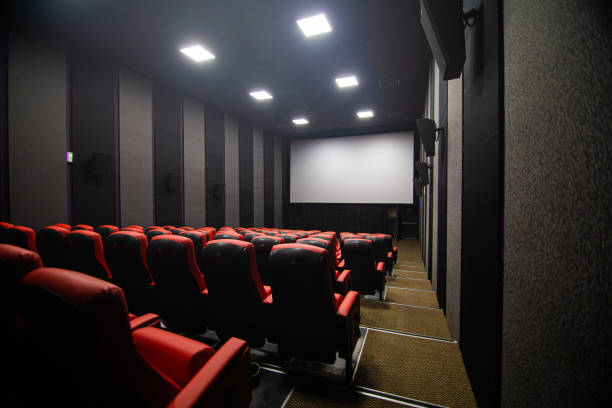
The difference is the optimal viewing distance. The SMD Screens with a higher definition (therefore a smaller pitch (5mm for example) and a greater number of LEDs (or pixels) per m2) present a better image quality, ideal even for the observation distance shorter.
The screen with a lower definition (therefore with a greater pitch (20mm for example) and a small number of LEDs per m2) presents a lower image quality, ideal for a greater viewing distance.
It is important to specify that the resolution is determined by the viewing distance (target audience) once it is installed: if a screen is observed from 300 meters, it does not need a high definition for one simple reason: the human eye cannot discriminate small details from greater distances.
On the other hand, a screen viewed at 5m needs higher definition due to such a distance the human eye can recognize even small details.
The ideal viewing distances of an LED SCREEN
The minimum and maximum visibility distances of an LED screen are evaluated. According to two fundamental characteristics of the screen, the pitch and the size of the screen.
The minimum distance is calculated by converting the pitch into meters. For example, a giant screen with a pitch of 10mm will be seen at a minimum distance of 10 meters, while a 20mm pitch screen has a minimum distance of 20 meters.
The maximum distance, on the contrary, depends on the size of the screen and this can be calculated by multiplying by 10 the area of the screen. For example, 4×3 meters (12m2) can be visible up to 120 meters away.
While talking about the maximum distance, there are two concepts to clarify, “readability” and “visibility”. “Legibility” means that the images displayed on the giant screen are legible, and therefore clearly recognizable.
“Visibility” means that the images can attract the attention of the human eye, even if the images are not perfectly identifiable.
What is the viewing angle?
This is the maximum viewing angle that allows content to be viewed clearly on the screen. For example, by placing yourself completely below the screen, you are between 140° and 180° vertically from the screen. If your screen is intended to be placed at a height, you will therefore need to check this parameter. Similarly, if your screen must be visible from the side, the horizontal viewing angle must be at least 140°.
What is the refresh rate?
Refresh rate indicates the number of times the screen refreshes frames per second. The refresh rate is fundamental because it determines the quality of the image. If it is too low, then human eye can see a flicker that causes headaches and can damage the eyes.
If an LED screen is intend to film by cameras, this parameter is very important. For example in concert halls, stadiums, television. The screen must have a very high refresh rate to allow a stable image during TV broadcasting or recording by cameras.
Degree of protection (IP xx)
The outdoor SMD Screens must be stable enough to work 7 days a week and withstand various weather conditions. It is therefore necessary that the outdoor screen meets the IP65 criterion.
The IP code (interpreted as Ingress Protection) consists of the letters IP followed by two numbers. This code classifies the degrees of protection provided against the intrusion of solid objects. Such as dust, accidental contact, and water in cabinets. The standard aims to provide users with more detailed information than vague marketing terms like waterproof.
read more: Virtual RTK screening & Return to Work Assessment for Companies




